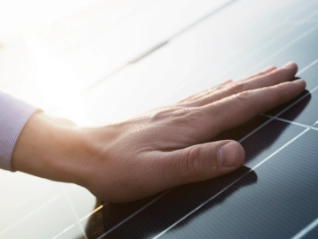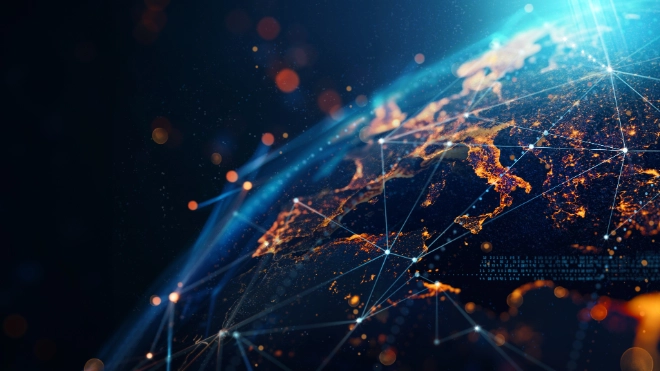Atradius Atrium
Get direct access to your policy information, credit limit application tools and insights.
 Hong Kong SAR
Hong Kong SAR














Load more
Viewing 7 out of 161






Load more
Viewing 7 out of 35







Load more
Viewing 7 out of 25
Our Atradius Exclusive series will provide you with the latest insights from Atradius Economists, annual reviews of corporate payment practices, sector performance and more.







Load more
Viewing 7 out of 15














Load more
Viewing 7 out of 9